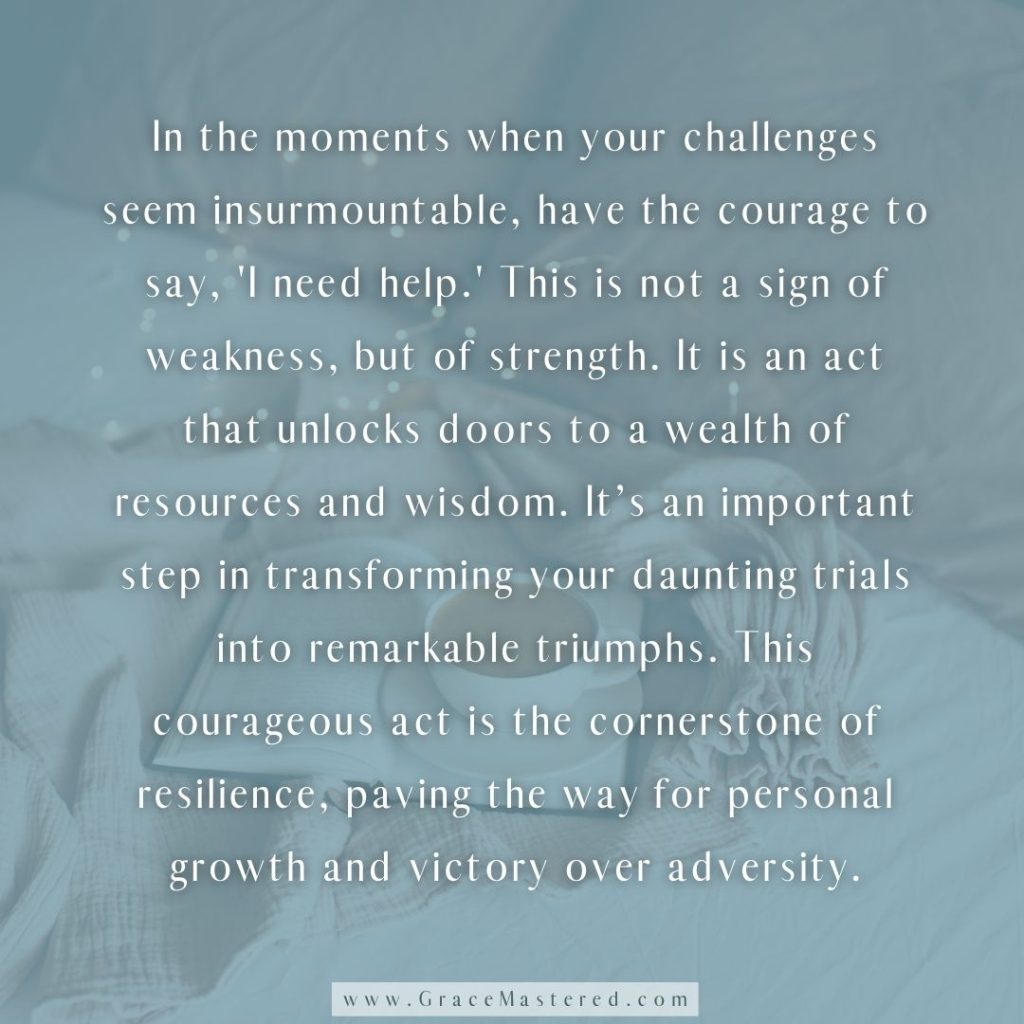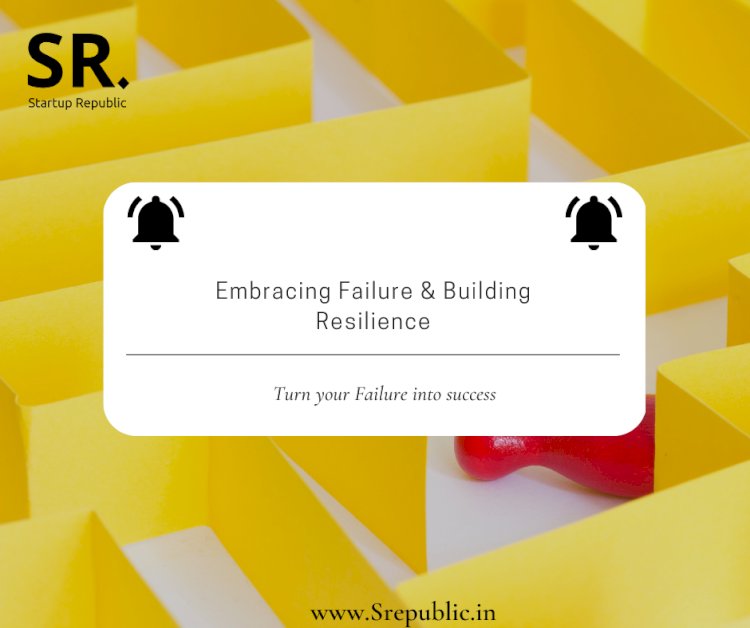
How to Create a Lean Canvas for Your Startup: A Beginner’s Guide to Validating Your Idea
Starting a new venture is exhilarating, but it’s also fraught with uncertainty. Many startups fail not because they lack passion or a good idea, but because they build something no one actually needs. This is where the Lean Canvas comes in. It’s a strategic management template for developing new or documenting existing business models, focusing specifically on the unique needs of a startup.
Think of the Lean Canvas as your startup’s one-page business plan. It helps you articulate your core assumptions, identify the riskiest parts of your business, and get to the market faster. If you’re a first-time founder or looking to refine your existing concept, mastering the Lean Canvas is an indispensable skill.
In this comprehensive guide, we’ll break down everything you need to know about creating a Lean Canvas, from understanding its purpose to filling out each of its nine essential blocks.
What Exactly is a Lean Canvas?
Developed by Ash Maurya, the Lean Canvas is an adaptation of Alexander Osterwalder’s Business Model Canvas. While the Business Model Canvas is excellent for established businesses, Maurya recognized that startups operate under extreme uncertainty and need a tool that focuses more on problems, solutions, key metrics, and competitive advantages rather than traditional business functions.
The Lean Canvas is designed to be action-oriented, problem-focused, and incredibly agile. It helps you quickly map out your business idea on a single page, forcing you to distill your concept down to its most crucial elements. This makes it easier to test your assumptions, iterate based on feedback, and ultimately, build something customers will love.
Why Should Your Startup Use a Lean Canvas?
Before we dive into the "how," let’s understand the "why." Using a Lean Canvas offers several significant benefits for any budding entrepreneur:
- Clarity and Focus: It forces you to distill your complex idea into its most essential components, providing a crystal-clear overview of your business model.
- Speed and Agility: It’s a one-page document, meaning you can create and iterate on it much faster than a traditional business plan. This agility is crucial for startups.
- Problem-Centric Approach: Unlike traditional plans that might jump straight to the solution, the Lean Canvas emphasizes understanding the customer’s problem first. This reduces the risk of building something nobody wants.
- Identifies Key Assumptions: It helps you articulate the core assumptions you’re making about your business, allowing you to prioritize which ones need to be validated first.
- Facilitates Communication: It provides a common language and framework for your team, investors, and advisors, making it easier to discuss and refine your vision.
- Reduces Waste: By focusing on validating your riskiest assumptions early, you avoid wasting time, money, and resources building features or products that won’t succeed.
- Guides Experimentation: Each block of the Lean Canvas can be seen as an area for hypothesis and experimentation, guiding your early product development and market research.
Lean Canvas vs. Business Model Canvas: What’s the Difference?
While they look similar, their focus differs significantly.
| Feature | Business Model Canvas (BMC) | Lean Canvas |
|---|---|---|
| Primary Focus | How an established business creates, delivers, and captures value. | How a startup creates value under extreme uncertainty. |
| Key Elements | Key Partners, Key Activities, Key Resources, Customer Relationships, Segments, Channels, Value Propositions, Cost Structure, Revenue Streams. | Problem, Solution, Key Metrics, Unfair Advantage, Customer Segments, Unique Value Proposition, Channels, Cost Structure, Revenue Streams. |
| Emphasis | Operational aspects, resources, and relationships. | Understanding the customer’s problem, solution, and validation. |
| Best For | Existing businesses, strategic planning, larger organizations. | Startups, new product development, validating new ideas. |
| Risk Focus | Operational risk. | Market risk, product-market fit risk. |
For a startup, the Lean Canvas’s emphasis on problems, solutions, and key metrics makes it a far more relevant and powerful tool for navigating the inherent uncertainties of launching a new venture.
The 9 Building Blocks of Your Lean Canvas
The Lean Canvas is divided into nine interconnected blocks. While we’ll discuss them individually, remember they form a holistic view of your business. Here’s a breakdown of each:
1. Problem (Top Left)
This is arguably the most critical block. Before you even think about a solution, you need to deeply understand the problem your target customers are facing.
- What to ask:
- What are the top 1-3 problems your customers currently experience?
- How are they solving these problems today (existing alternatives)?
- Why are these existing solutions inadequate?
- Tips: Be specific. Don’t invent problems; identify real pain points. List alternatives, even if they’re manual workarounds or "doing nothing."
2. Customer Segments (Top Right)
Who exactly are you trying to help? Your customer segment defines the specific group of people who experience the problem you’ve identified.
- What to ask:
- Who are your target customers?
- What are their demographics, psychographics, behaviors, and needs?
- Who are your "early adopters" – the specific group of customers who will be most likely to try your product first, even if it’s imperfect?
- Tips: Be as narrow as possible, especially for early adopters. Don’t try to serve "everyone." A focused segment allows you to better understand their problems and tailor your solution.
3. Unique Value Proposition (UVP) (Center)
This is your promise to the customer. It’s the single, clear statement that explains what makes your product or service different and better than existing alternatives, and why a customer should choose you.
- What to ask:
- What makes your solution unique and compelling?
- What is the core benefit you provide that no one else does (or does as well)?
- How can you articulate this in a concise, memorable way? (Think elevator pitch).
- Tips: Avoid jargon. Focus on the benefit to the customer, not just the features. Often, a good UVP ties directly back to solving the problems you identified. Consider a high-level concept (e.g., "Netflix for books").
4. Solution (Middle Left)
Now that you’ve identified the problem and who has it, what’s your answer? This block outlines the core features or elements of your product/service that directly address the problems you listed.
- What to ask:
- What is the minimum set of features (your Minimum Viable Product or MVP) that will solve the identified problems?
- How does your solution directly alleviate each of the problems you listed?
- Tips: Resist the urge to list every feature you dream of. Focus on the smallest possible solution that delivers the core value. This is about validating the problem-solution fit, not building a full product.
5. Channels (Middle Right)
How will you reach your target customers and deliver your Unique Value Proposition? Channels are your pathways to customers.
- What to ask:
- How will customers find out about you? (Awareness channels: social media, PR, content marketing, ads)
- How will they acquire your product/service? (Acquisition channels: website, app store, sales team)
- How will you deliver your product/service? (Delivery channels: physical store, online platform, direct mail)
- Tips: Consider both inbound (e.g., SEO, content) and outbound (e.g., paid ads, cold outreach) channels. Be realistic about which channels are most effective and cost-efficient for your early adopters.
6. Revenue Streams (Bottom Right)
How will your business make money? This block defines how you will capture value from your customers.
- What to ask:
- What is your pricing model? (Subscription, per-user, one-time purchase, freemium, advertising, etc.)
- What is the total lifetime value (LTV) of a customer?
- Are there multiple revenue streams?
- Tips: Think about how your pricing aligns with the value you provide. Consider different models and experiment with them. Don’t just list a price; consider the strategy behind it.
7. Cost Structure (Bottom Left)
What are the most significant costs your business will incur to operate and deliver your solution?
- What to ask:
- What are your fixed costs (e.g., rent, salaries)?
- What are your variable costs (e.g., production, marketing per customer)?
- What are the key costs associated with your channels and unique value proposition?
- Tips: Focus on the most substantial costs initially. This helps you understand your break-even point and profitability potential.
8. Key Metrics (Bottom Middle)
How will you measure the success of your business? These are the numbers that tell you if your business is moving in the right direction.
- What to ask:
- What are the 3-5 most important metrics that will tell you if your business model is working? (Think "Pirate Metrics": Acquisition, Activation, Retention, Revenue, Referral – AARRR)
- How will you track these metrics?
- Tips: Choose actionable metrics. Avoid "vanity metrics" (e.g., total followers) that don’t truly reflect business health. Focus on metrics that indicate problem-solution fit and product-market fit.
9. Unfair Advantage (Bottom Middle)
What is it that you have or can do that cannot be easily copied or bought by your competitors? This is your sustainable competitive advantage.
- What to ask:
- What truly sets you apart and makes it hard for others to replicate your success?
- Is it proprietary technology, unique insider information, a highly engaged community, strong personal brands, network effects, or something else?
- Tips: This is often the hardest block to fill, especially early on. Avoid listing things that are easily copied (e.g., "great customer service" or "we work harder"). Think about inherent advantages that grow over time. If you don’t have one yet, that’s okay, but it’s something to strive for.
Step-by-Step Guide: How to Fill Out Your Lean Canvas
Now that you understand each block, let’s talk about the process of filling it out. While you can download a template (a quick search for "Lean Canvas template PDF" will yield many results), the real value is in the thought process.
Tools You’ll Need:
- A large printout of the Lean Canvas template.
- Plenty of sticky notes (different colors are helpful).
- Pens/markers.
- Your team (if you have one).
The Recommended Order (Ash Maurya’s Approach):
Filling the blocks in a specific order helps maintain logical flow and reduces mental blocks.
- Problem (1): Start here. What specific pains are your customers experiencing? List 1-3.
- Customer Segments (2): Who has these problems? Be very specific about your early adopters.
- Unique Value Proposition (3): Given the problem and the customer, what’s your compelling promise?
- Solution (4): What’s the minimum set of features to solve those problems for that customer segment?
- Channels (5): How will you reach these customers to deliver your UVP and solution?
- Revenue Streams (6): How will you make money from this solution?
- Cost Structure (7): What are the major costs associated with delivering your solution and reaching customers?
- Key Metrics (8): How will you measure if your solution is working and if customers are engaging?
- Unfair Advantage (9): What makes you truly unique and hard to copy?
Process Tips:
- Use Sticky Notes: Write one idea per sticky note. This makes it incredibly easy to move, remove, or change ideas as you iterate without reprinting the entire canvas.
- Don’t Overthink It (Initially): Your first Lean Canvas will be full of assumptions. That’s the point! Get your initial thoughts down quickly.
- Be Concise: The limited space forces you to be brief and to the point. Each sticky note should have just a few words or a short phrase.
- Focus on the "Why": For each element, constantly ask yourself "why?" and "how does this connect to the customer’s problem?"
- Collaborate: If you have a co-founder or team, fill it out together. Diverse perspectives lead to better insights.
- Iterate, Iterate, Iterate: The Lean Canvas is not a static document. It’s meant to be a living document that you update as you learn more about your customers and market. You might fill it out multiple times a week in the early stages.
Tips for Success with Your Lean Canvas
- Get Out of the Building: Your Lean Canvas is built on assumptions. The only way to validate them is to talk to potential customers. Don’t just sit there and refine it; use it as a guide for your customer interviews and experiments.
- Focus on One Customer Segment at a Time: Trying to solve problems for multiple, disparate customer segments on one canvas dilutes its effectiveness. Create a separate canvas for each distinct segment if needed.
- Embrace the Problem: Startups succeed by solving real problems. Spend significant time on the "Problem" block. If you don’t have a clear, painful problem, your solution will struggle to gain traction.
- Prioritize Riskiest Assumptions: Once your canvas is complete, identify which blocks contain your biggest unknowns or riskiest assumptions. These are the areas you need to test first. For most startups, it’s the "Problem," "Customer Segment," and "Solution" that carry the highest initial risk.
- Keep it Lean: The goal is clarity and speed, not perfection. Don’t get bogged down in excessive detail.
- Share and Get Feedback: Show your Lean Canvas to mentors, advisors, and potential customers. Their insights can be invaluable in refining your assumptions.
- Connect the Blocks: Remember that all blocks are interconnected. A change in one block (e.g., identifying a new customer segment) will likely impact others (e.g., channels, UVP).
Common Mistakes to Avoid
- Being Vague: "People want a better way to communicate" is too vague. "Small business owners struggle to manage customer inquiries across multiple social media platforms" is specific.
- Falling in Love with Your Solution: Don’t start with your cool idea and then try to find a problem for it. Always lead with the problem.
- Not Validating Assumptions: The canvas is a hypothesis generator. If you fill it out and then don’t go out and test your assumptions, it’s just a pretty piece of paper.
- Ignoring Existing Alternatives: Understanding how customers currently solve their problems (even if poorly) is crucial. It informs your UVP and competitive strategy.
- Trying to Serve Everyone: A broad customer segment leads to a diluted solution. Niche down early.
- Confusing Features with Benefits: Customers buy benefits, not just features. Your UVP should highlight the outcome for the customer.
Conclusion: Your Startup’s Blueprint for Success
The Lean Canvas is more than just a template; it’s a dynamic tool that fosters a lean, experimental mindset crucial for startup success. By forcing you to articulate your core assumptions, identify key risks, and focus on problem-solution fit, it empowers you to iterate rapidly and build a product that truly resonates with your target market.
Don’t let the simplicity of the Lean Canvas fool you. It’s a powerful weapon in your entrepreneurial arsenal. So, grab a template, some sticky notes, and start mapping out your vision. The sooner you start, the sooner you can begin validating your ideas, learning from the market, and paving the way for a successful startup journey.
Ready to start? Download a Lean Canvas template today and begin sketching your path to innovation!



Post Comment